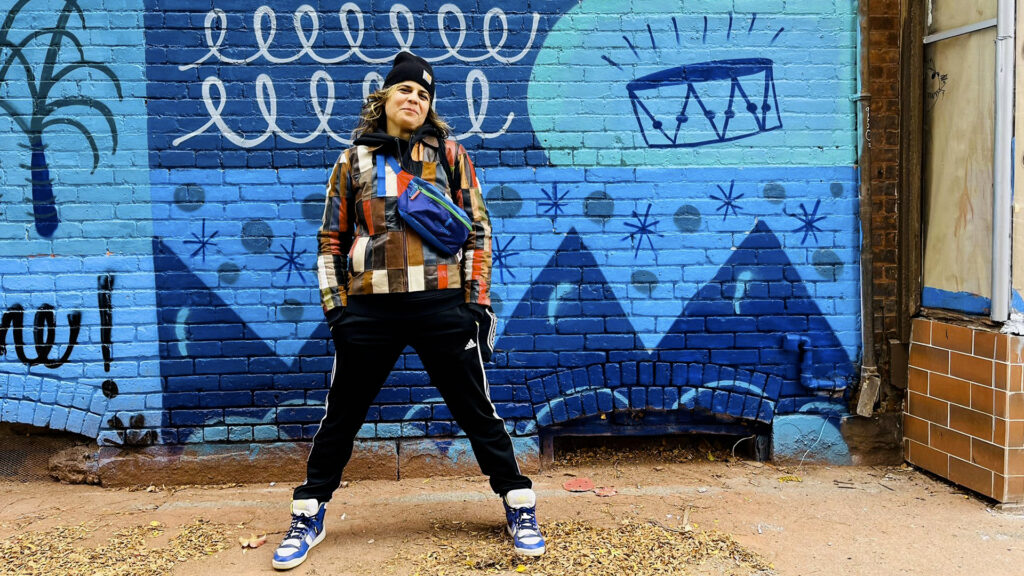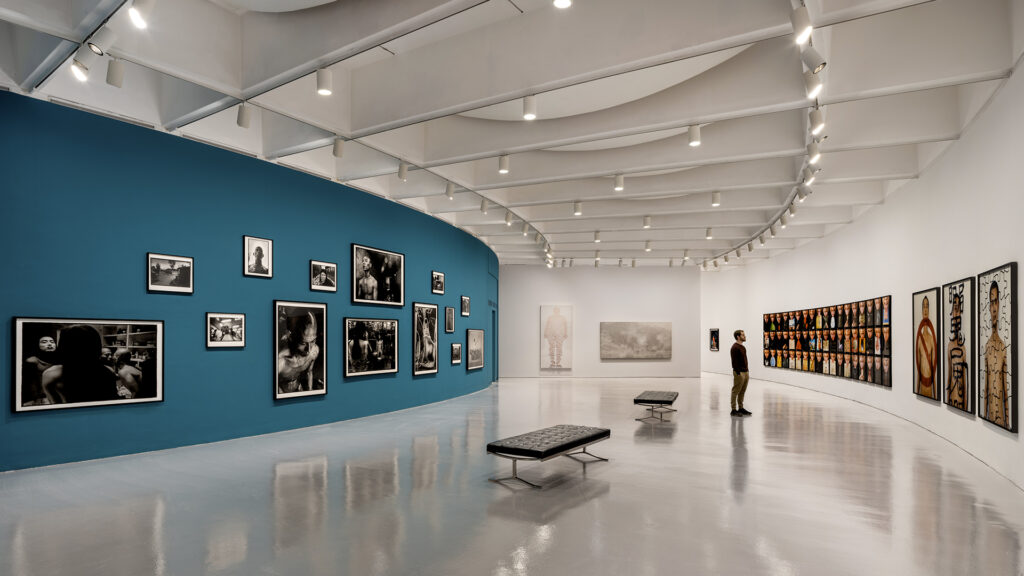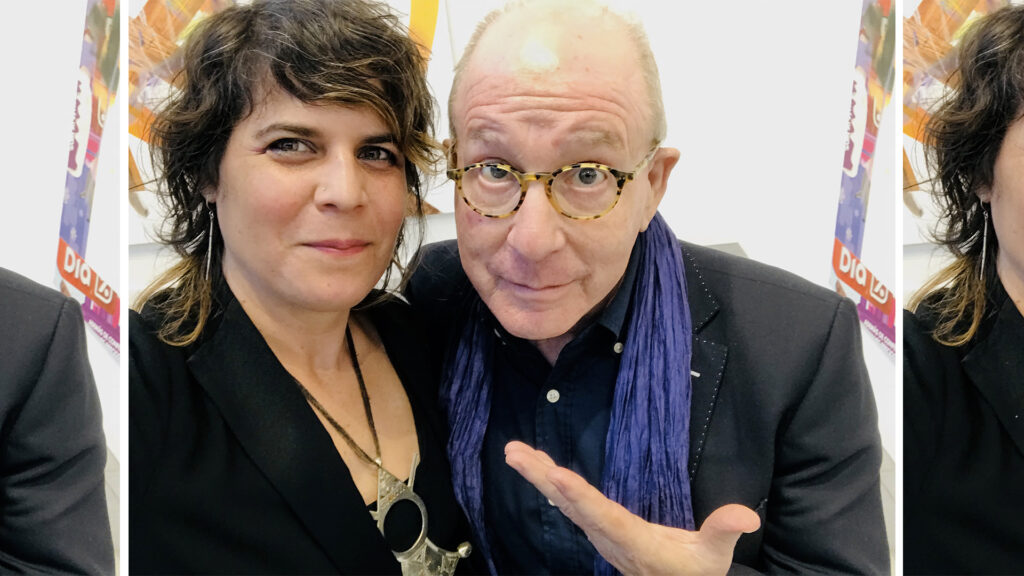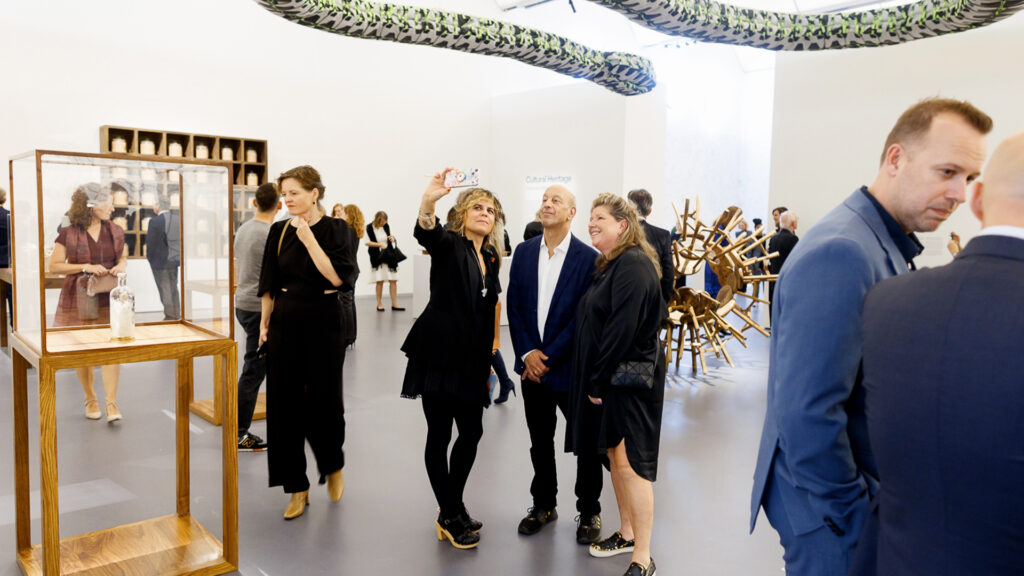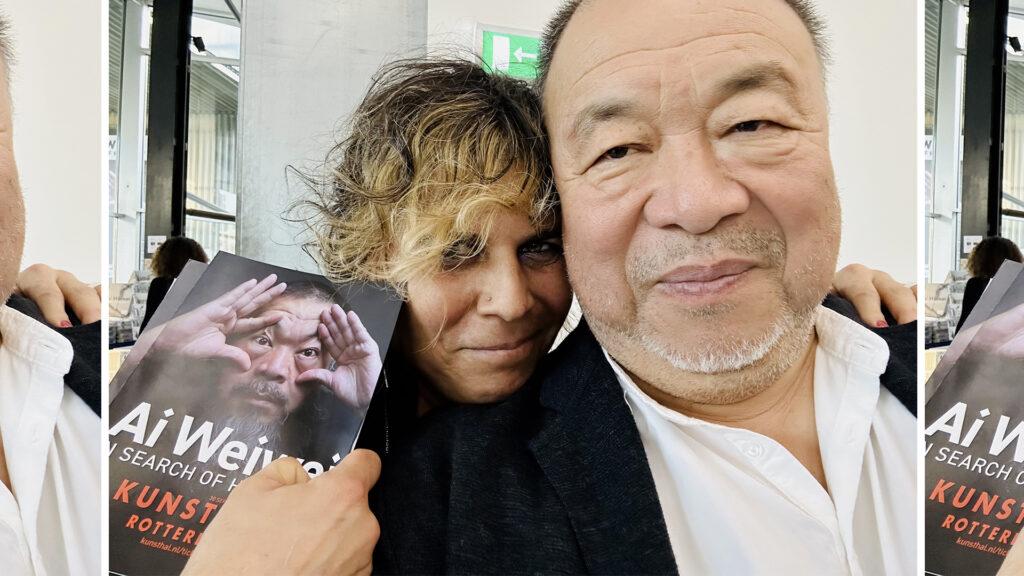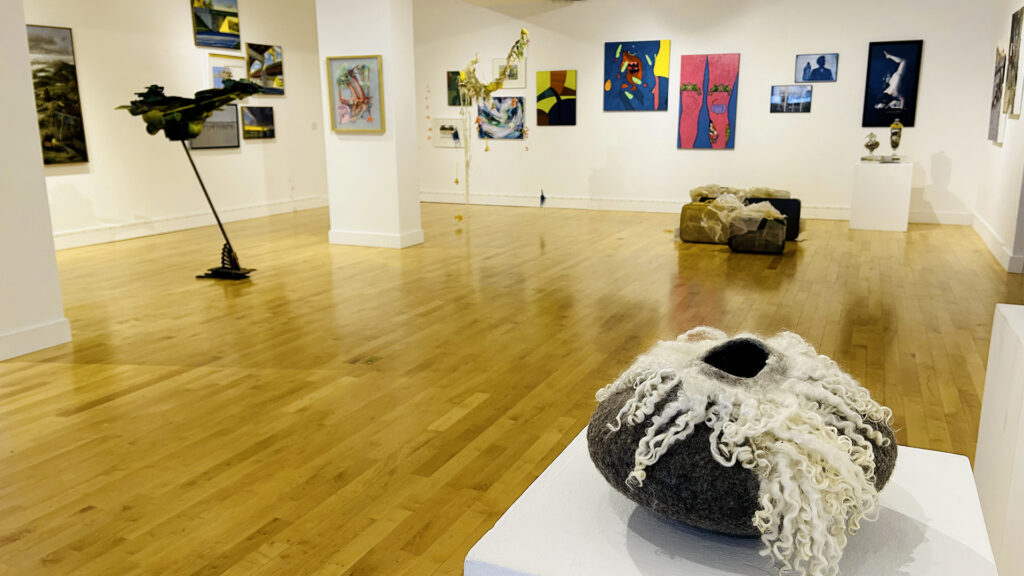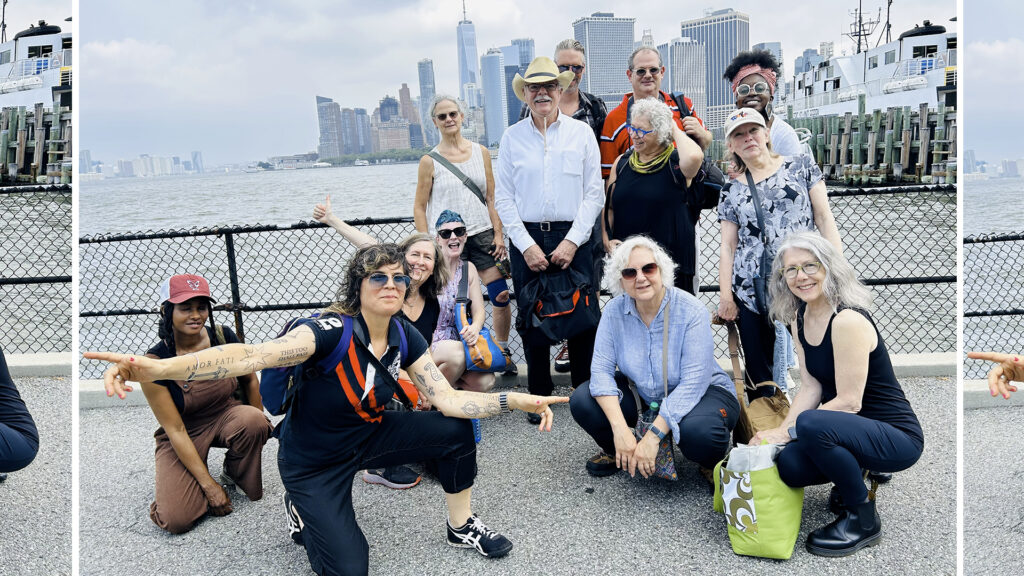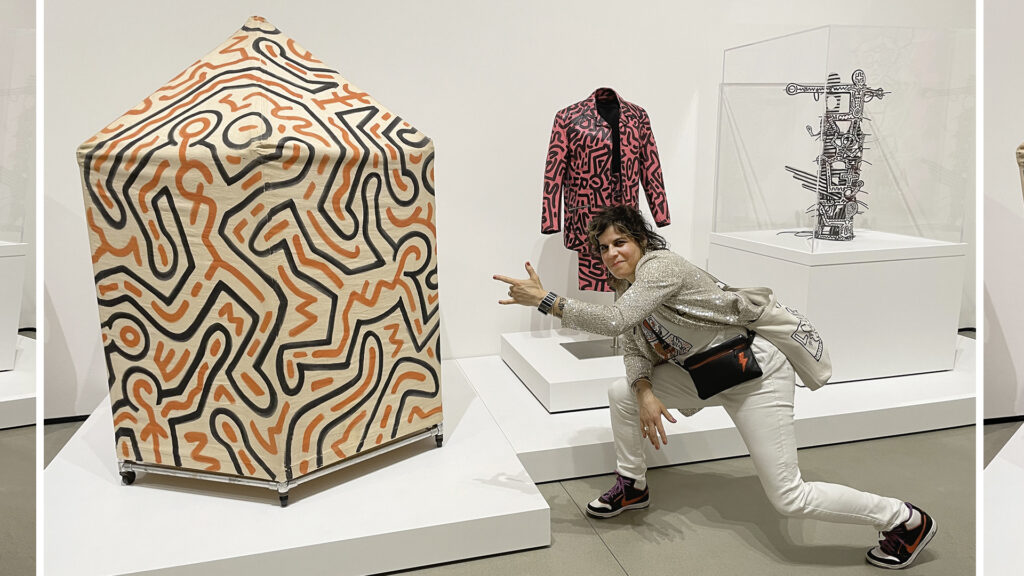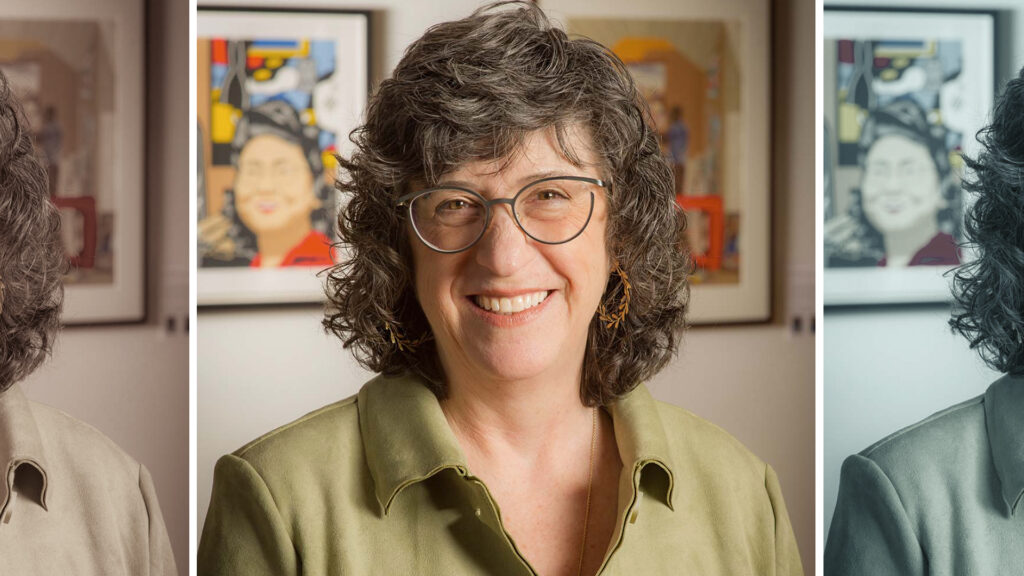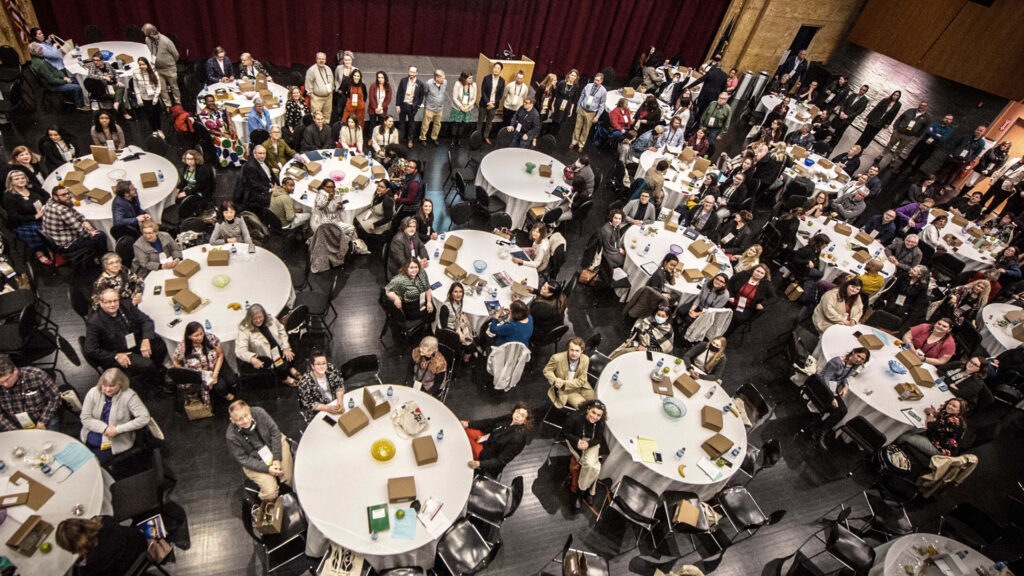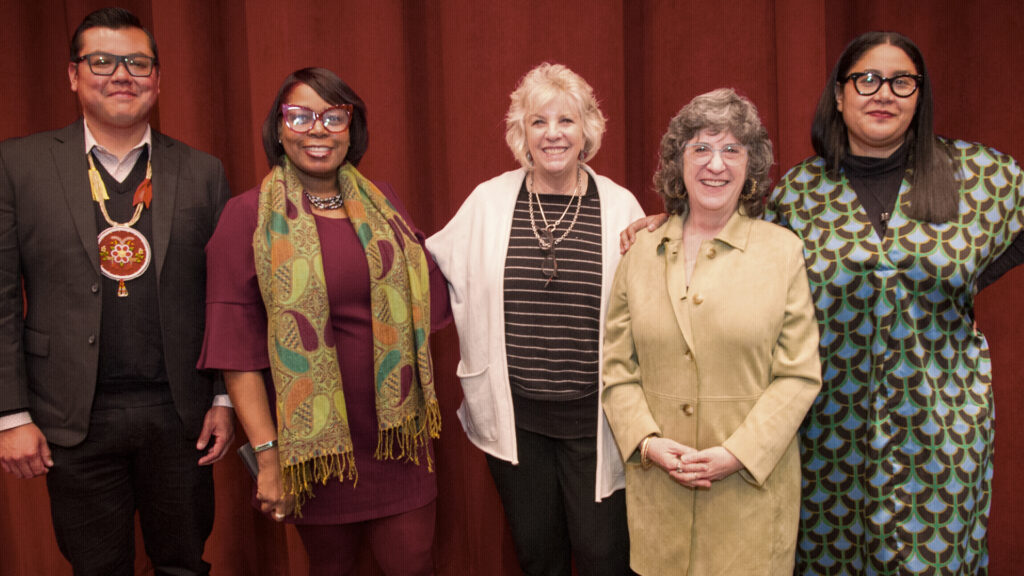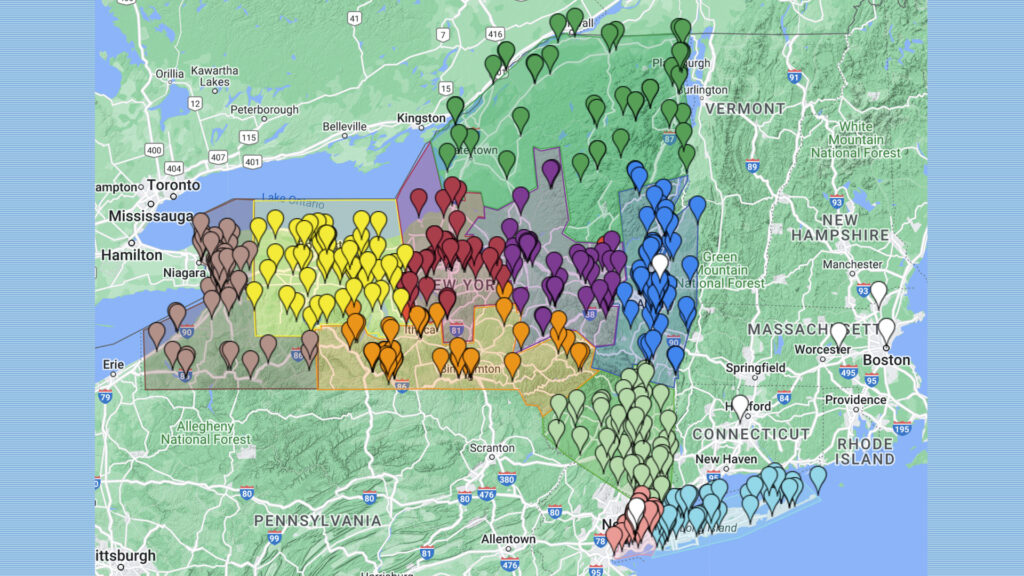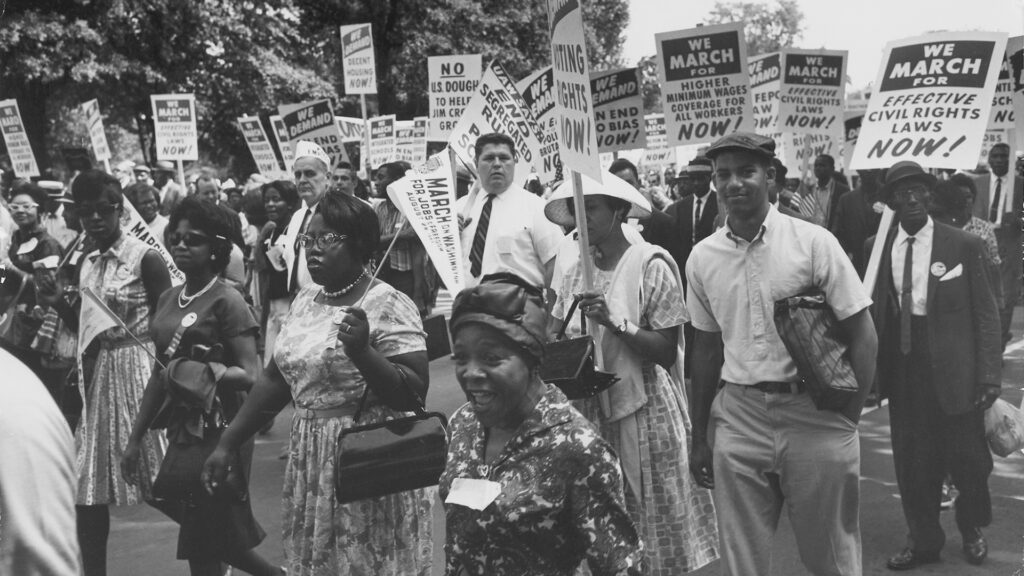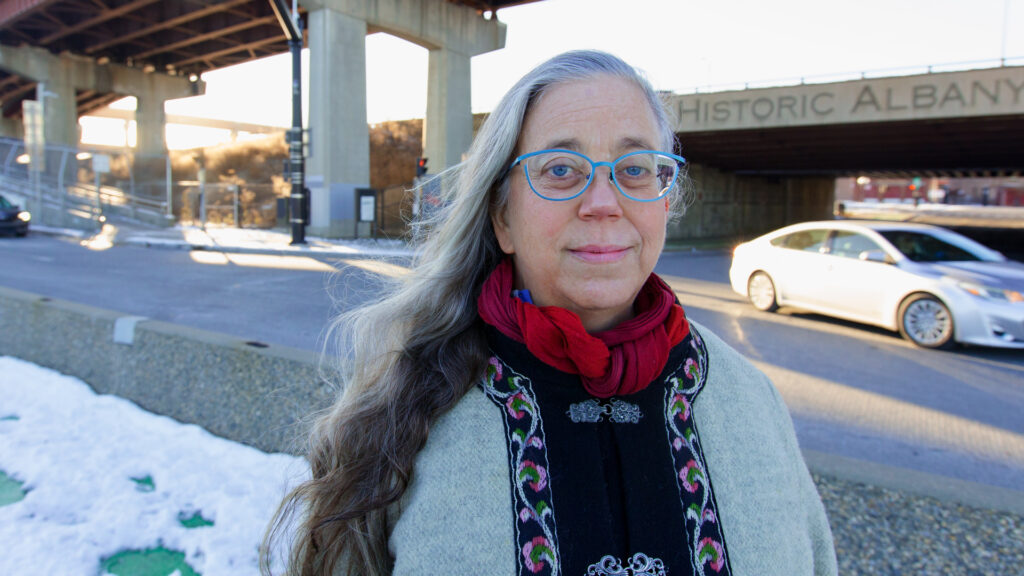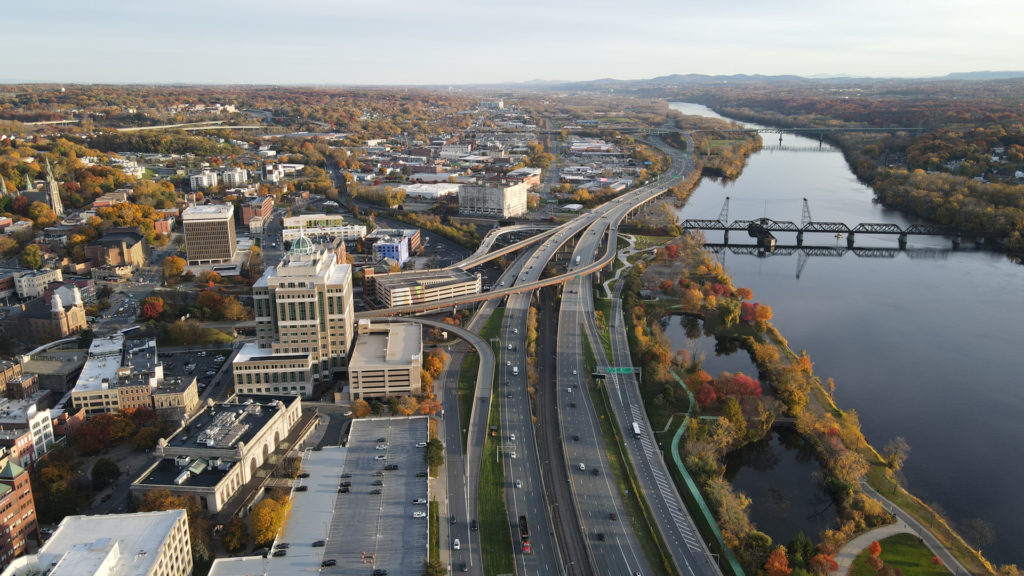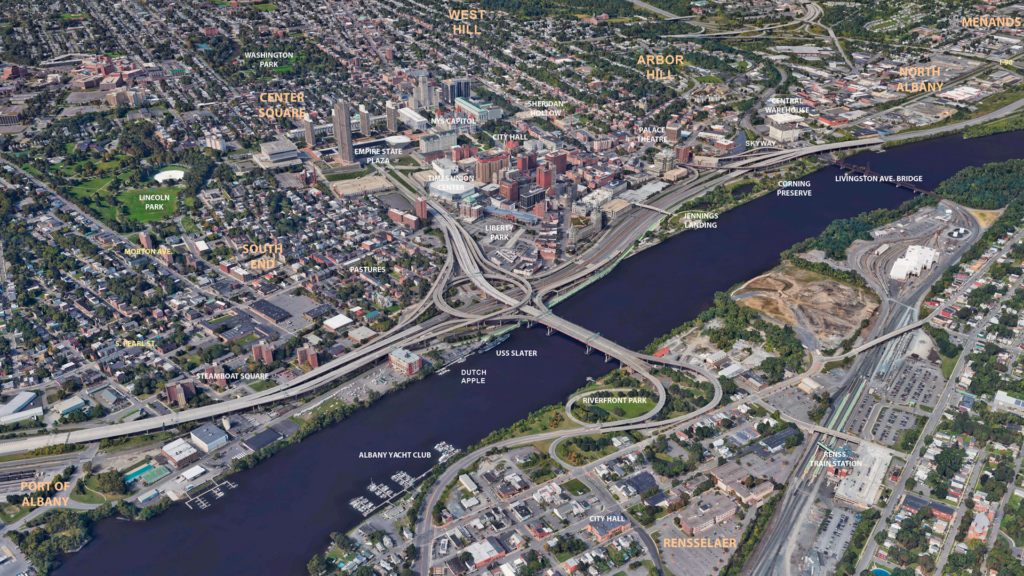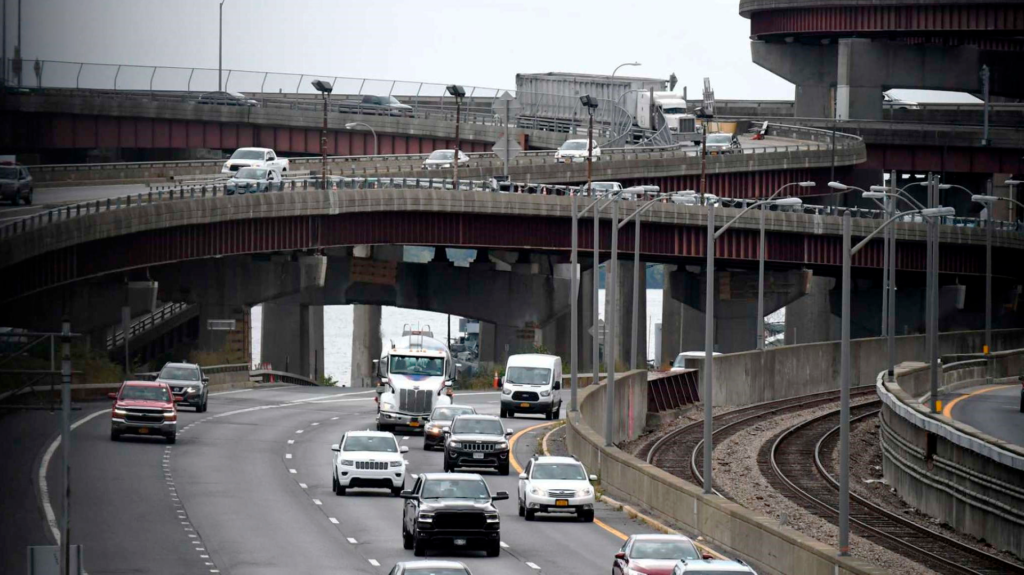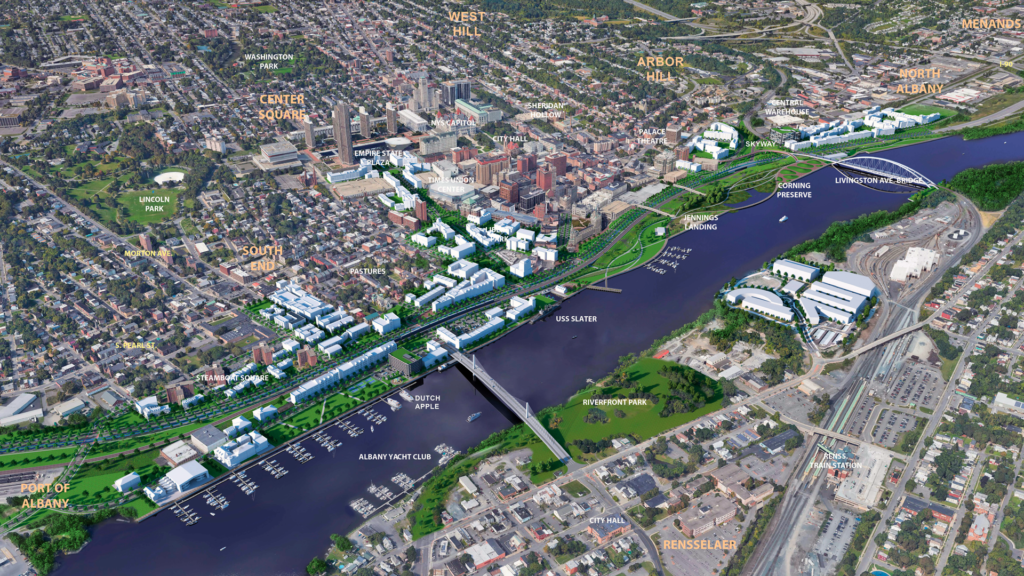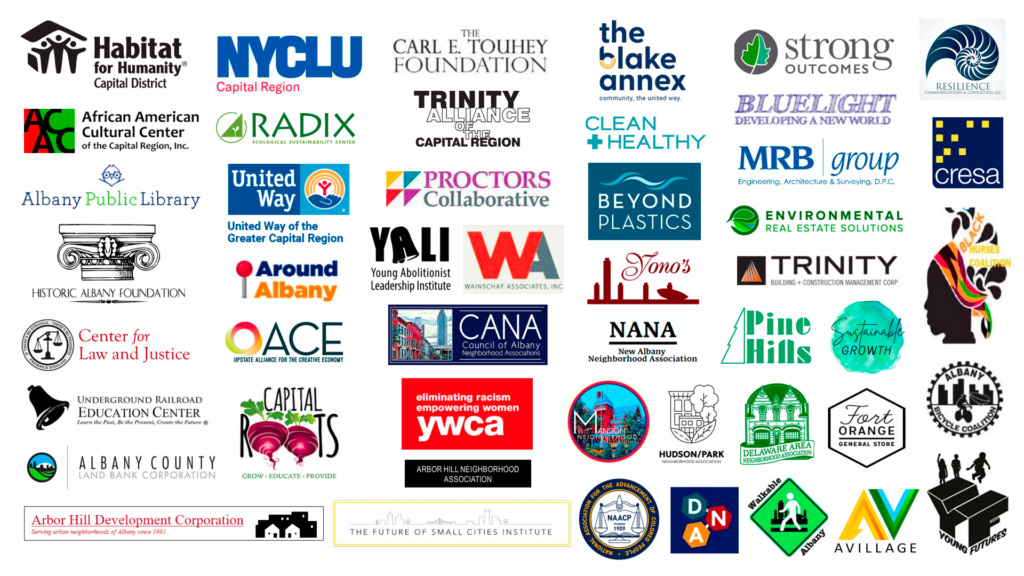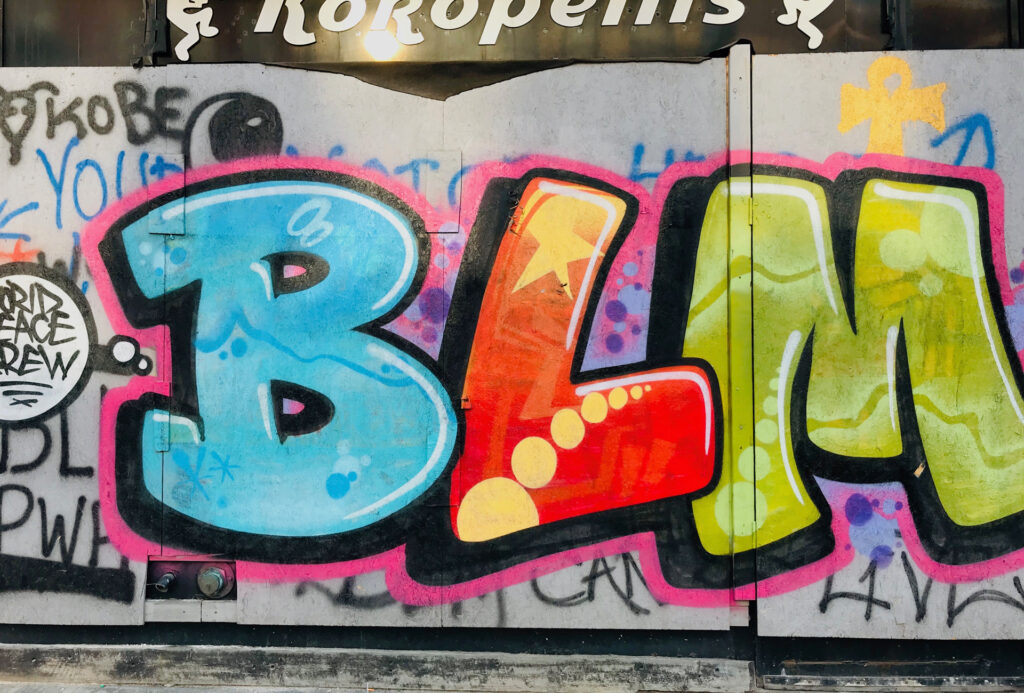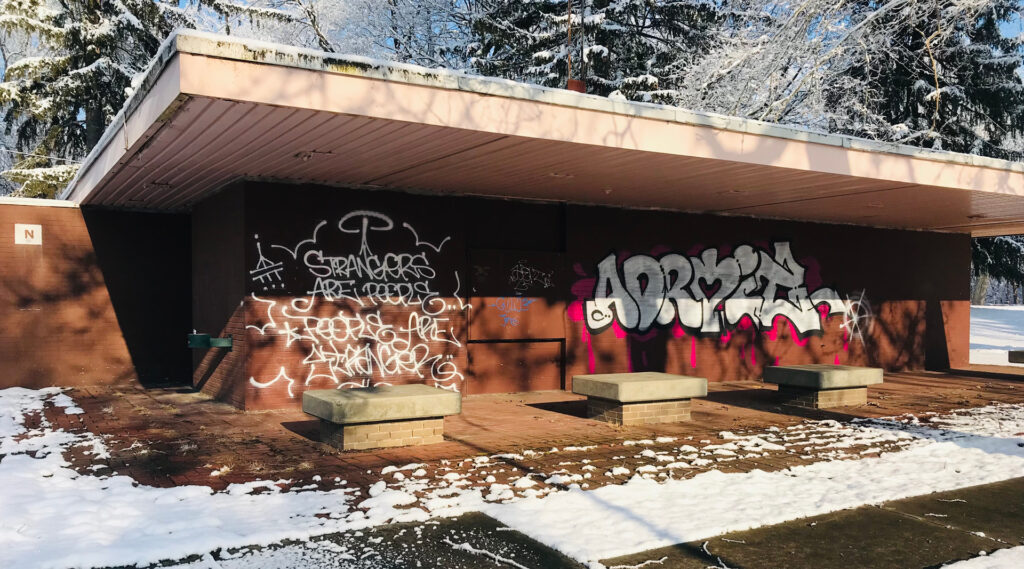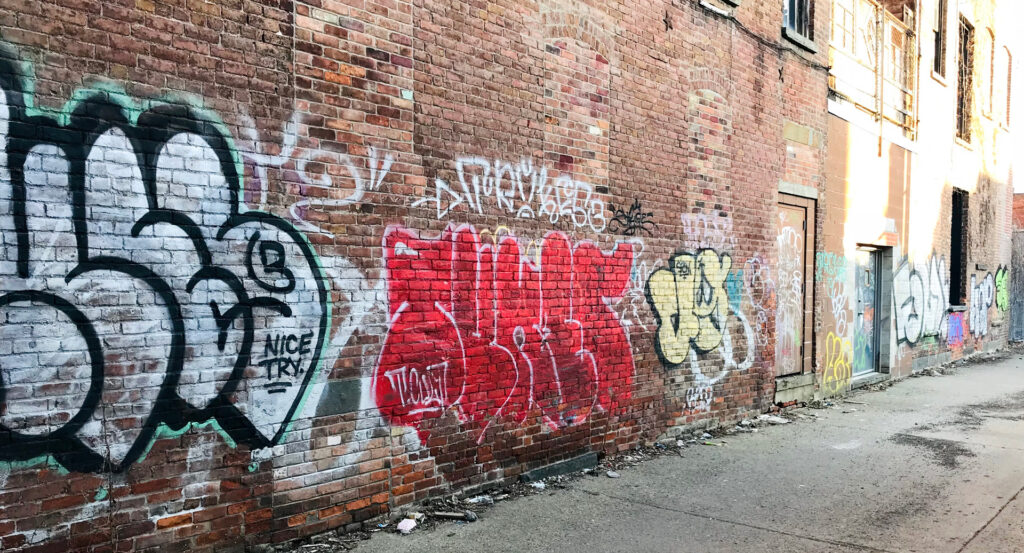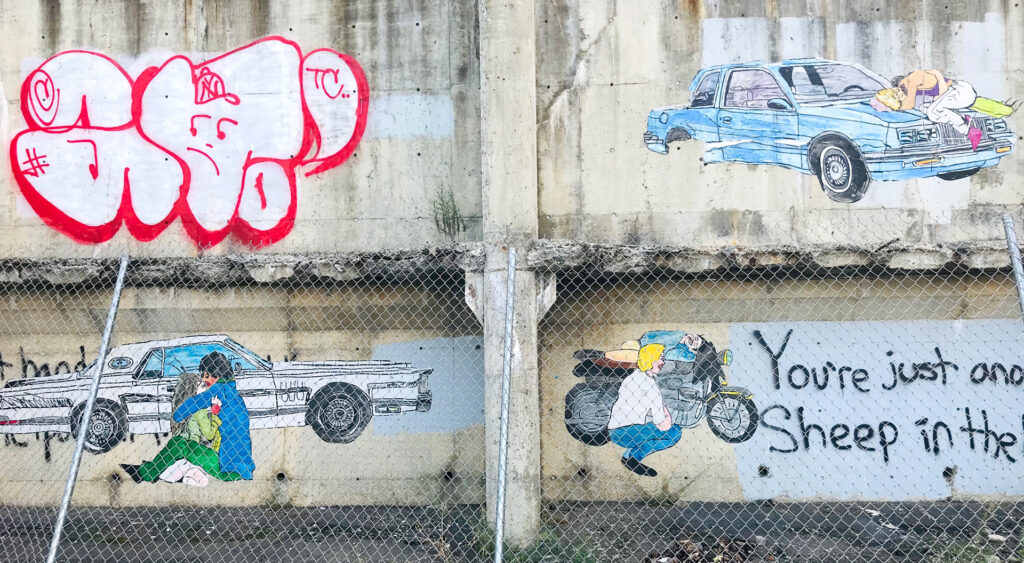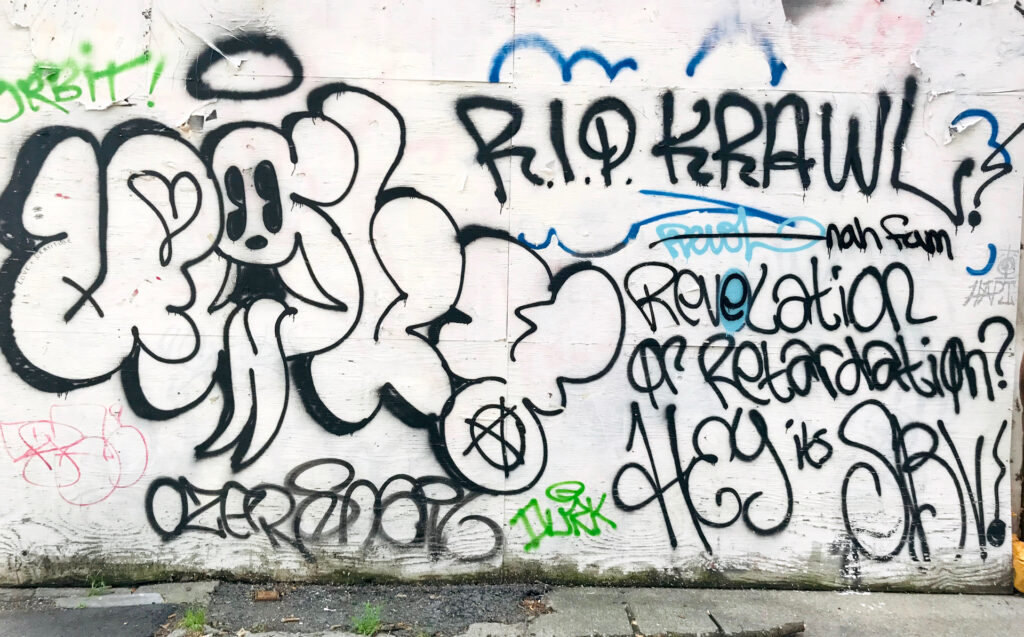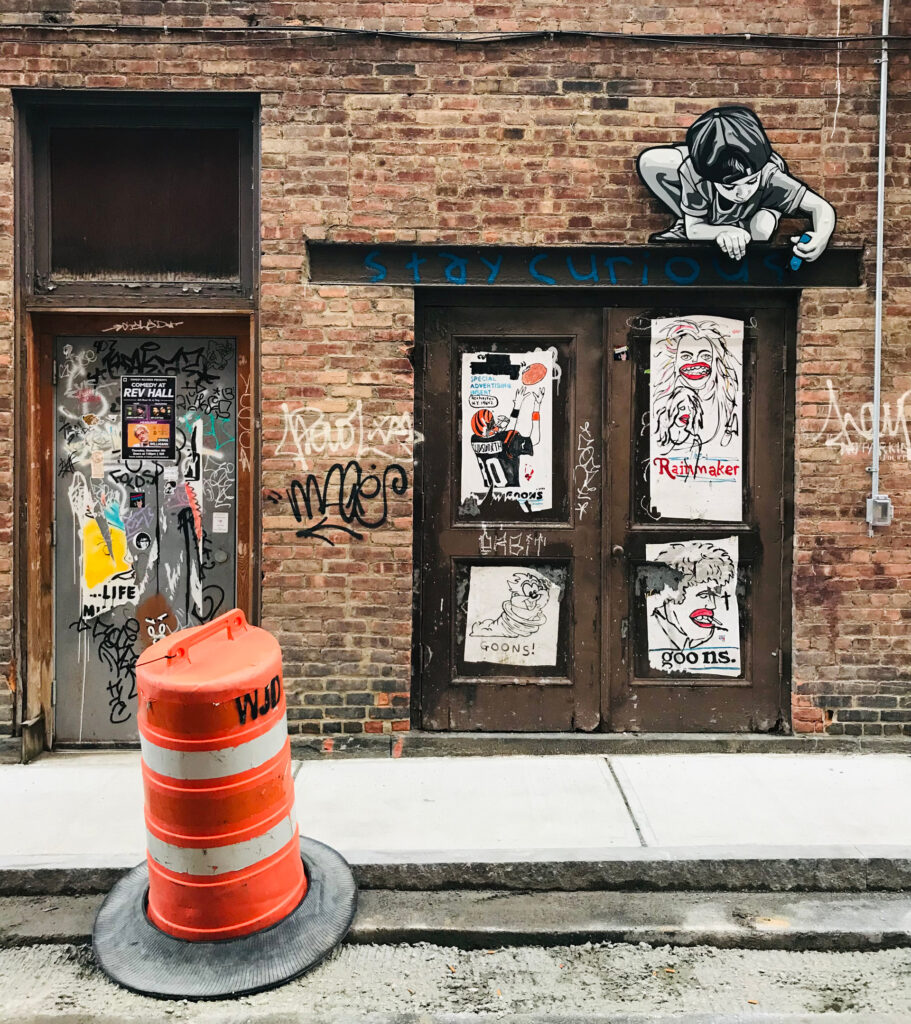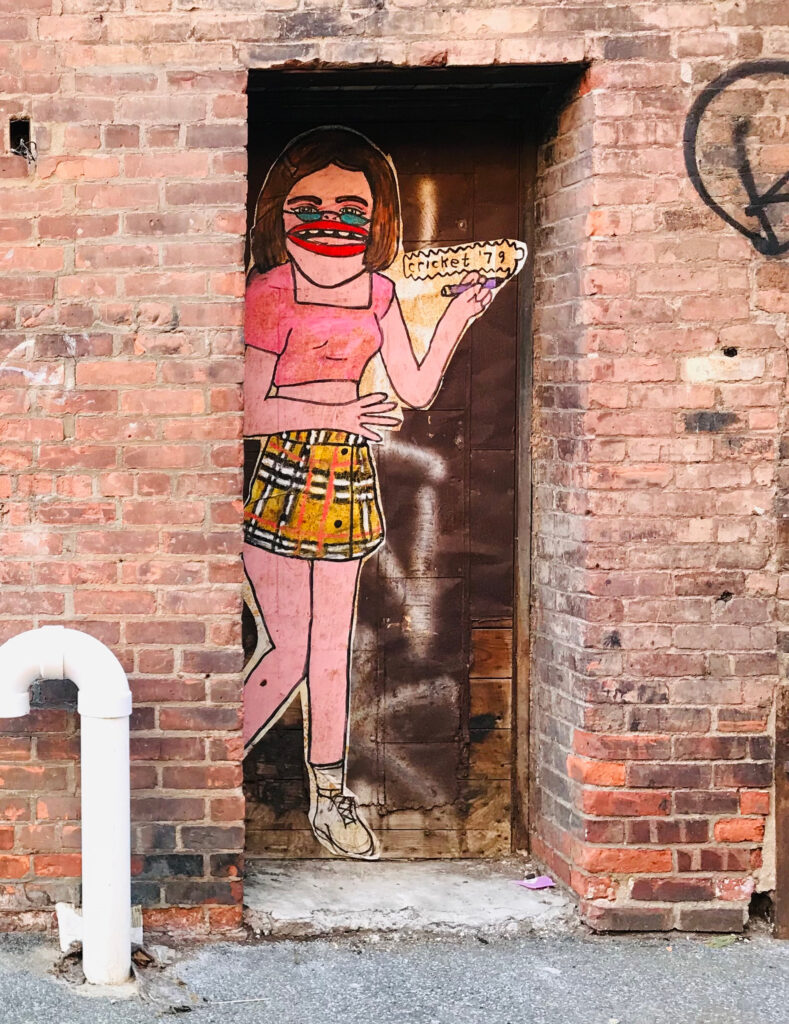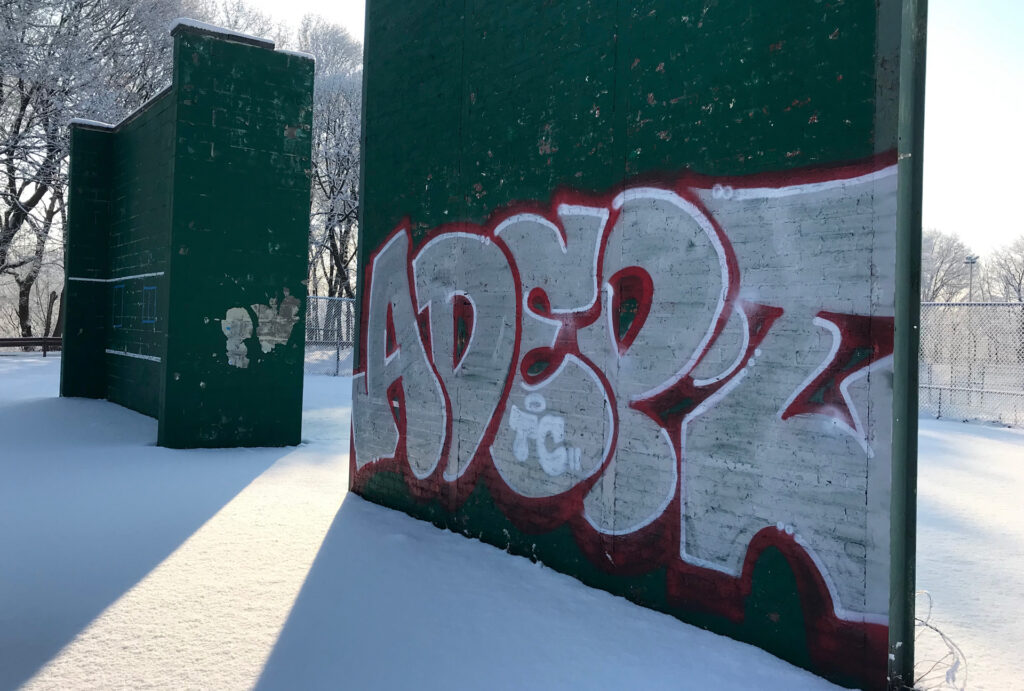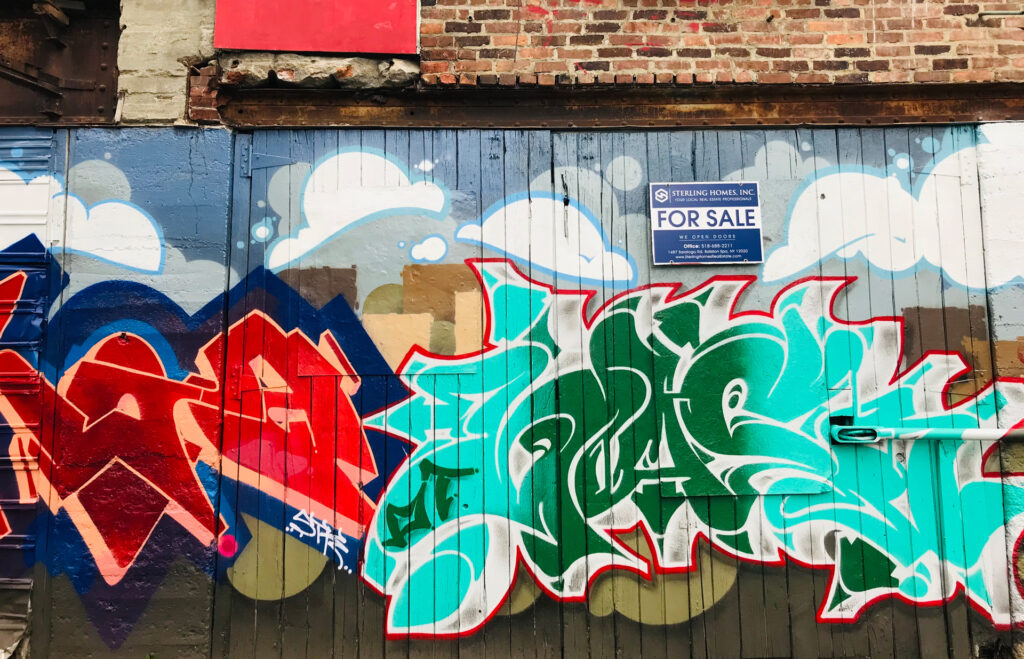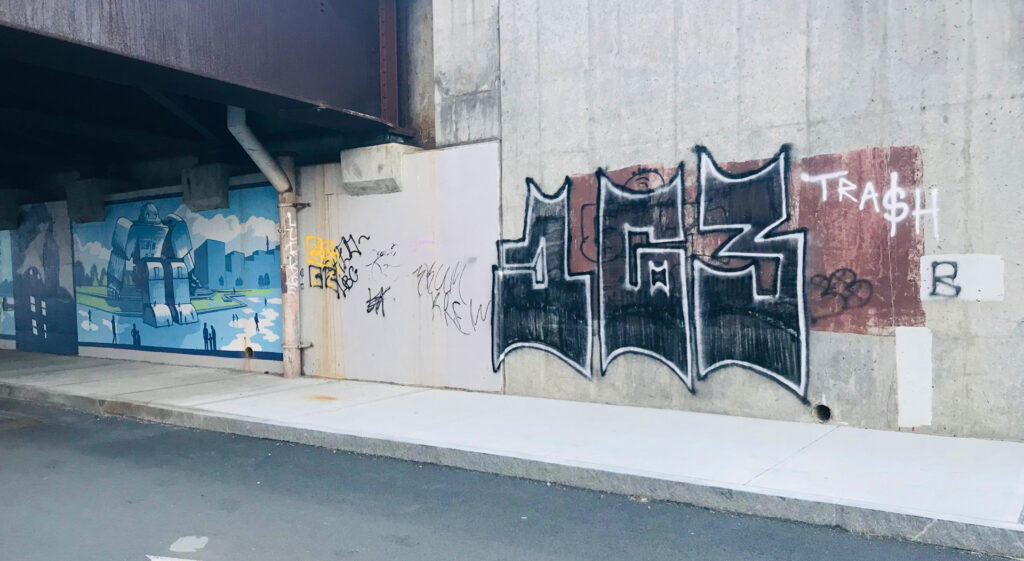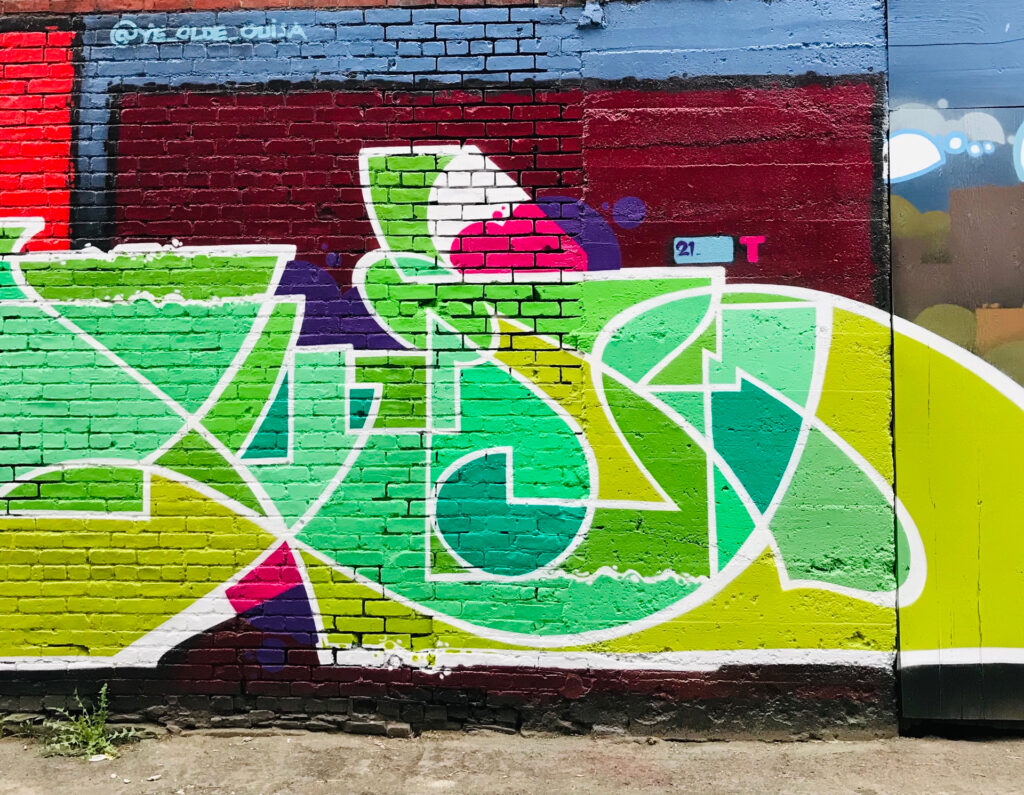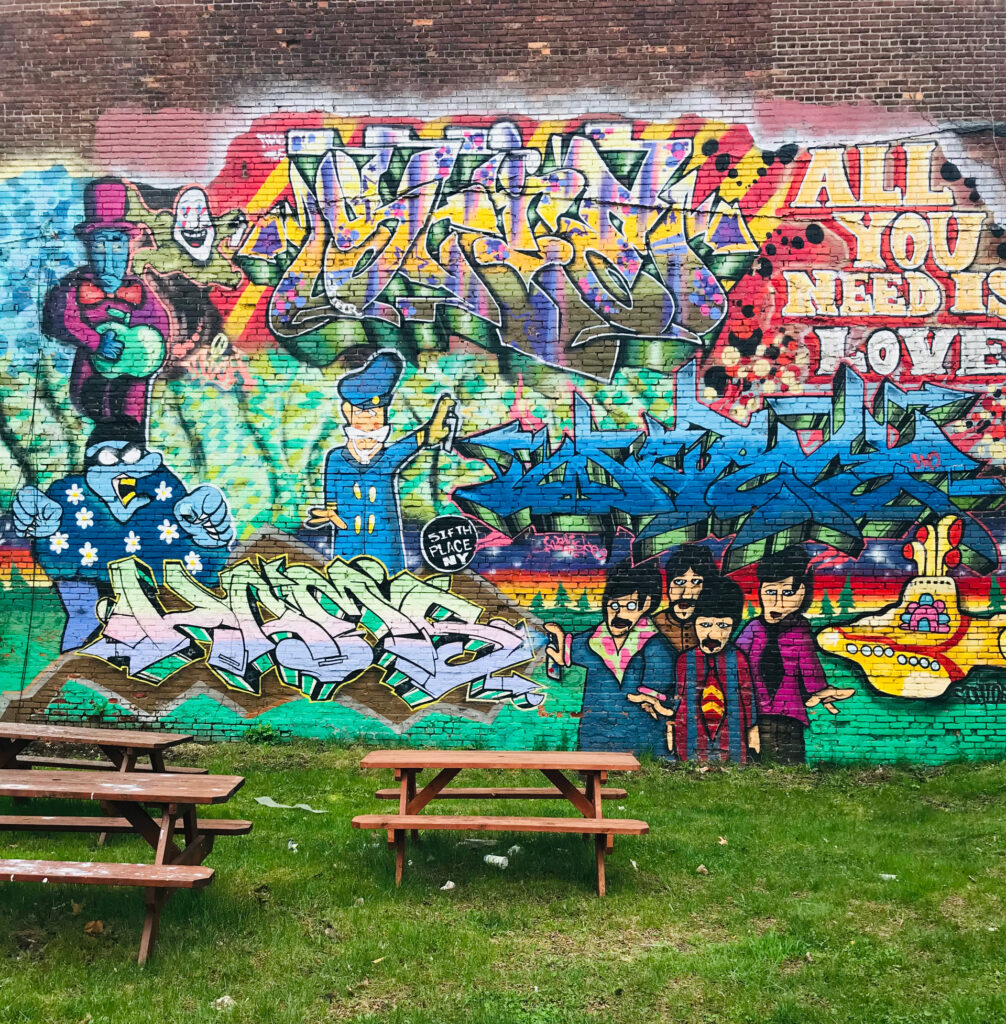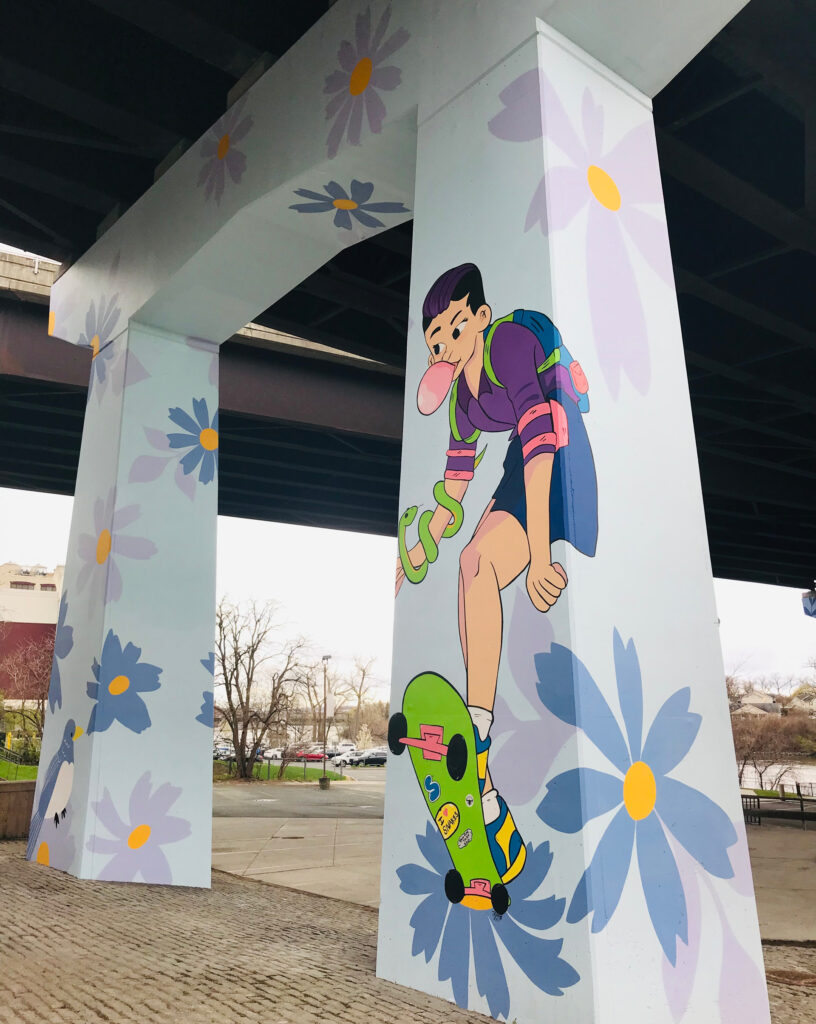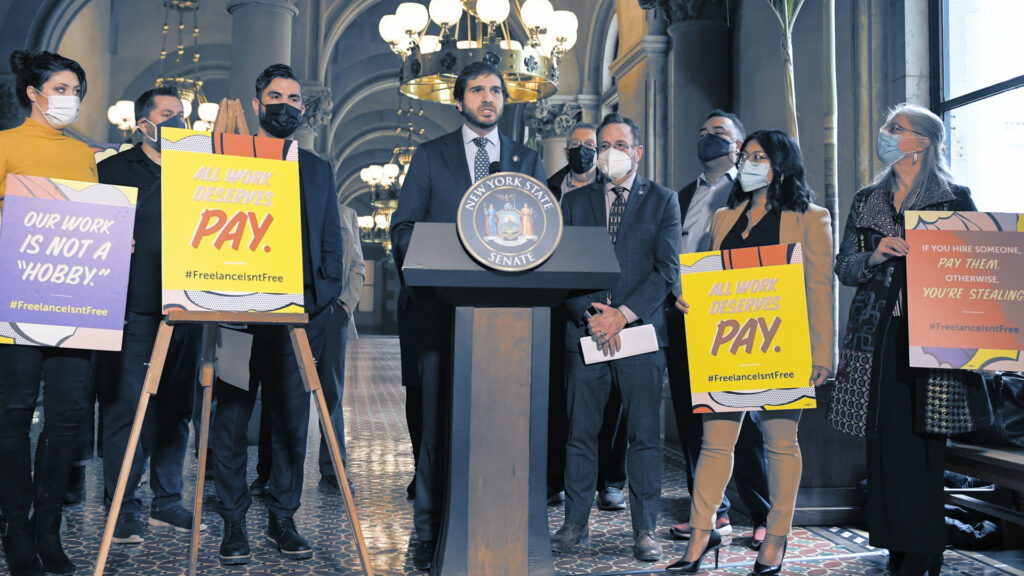
On August 28 the ‘Freelance Isn’t Free Act’ took effect as New York State law (Article 44-A to the General Business Law).
The law entitles Freelancers* to timely and full payment, enforced by the NYS Attorney General’s Office. The law mandates that the hiring party must provide written contracts for freelance engagements valued at $800 or more or lasting longer than 120 days. And it spells out stiff penalties for those who do not supply contracts or who are chronic violators.
Freelancers are entitled to double damages for late payment. (After 30 days if no payment schedule is defined in the contract.)
On average, freelancers are stiffed $6,000 per year.
The Department of Labor has developed a model contract that can be used to meet the contract requirements of the ‘Freelance Isn’t Free Act.’
FREELANCE WORKER AGREEMENT
If you are a freelance worker and you believe your rights under the law have been violated, you can file a complaint with the New York State Attorney General HERE.
Finally, you can find the full text of the law HERE.
I expect more news articles and columns will be published in the upcoming weeks, further elaborating and clarifying these protections and process.
But for now, please pass it on. Let your graphic designer, writer and musician friends, etc. know about this. Make people in the business world aware that ‘Freelance Isn’t Free.’
Duncan Crary is Owner and Founder at Duncan Crary Communications out of Troy, New York. He is a publicity, communications and events consultant with more than 20 years of professional public relations experience. He has been called “Troy’s other Mayor” (Michael DeMasi, Albany Business Review), a “publicity artist” (Jimmy Vielkind, Capital New York/Politico), and “a gregarious public-relations consultant, history buff and Troy tub-thumper” (Joanne Kaufman, Wall Street Journal).
He is the founder of The League of Extraordinary Red Heads, which was profiled in The New Yorker magazine in 2019.
